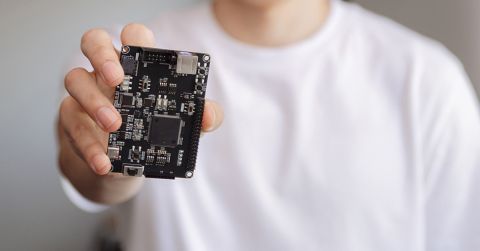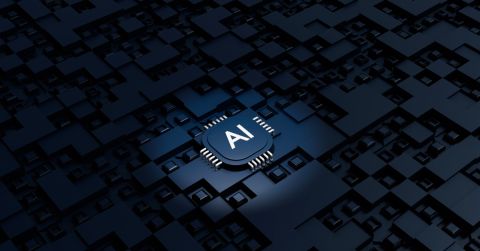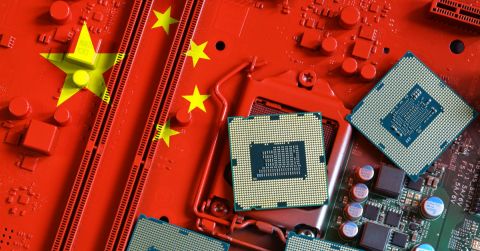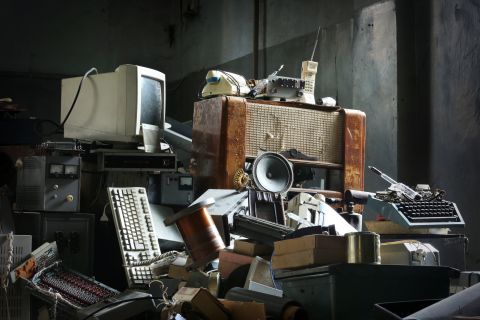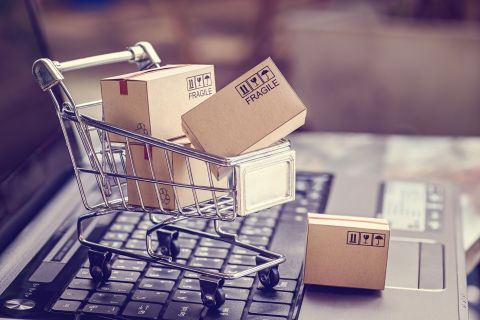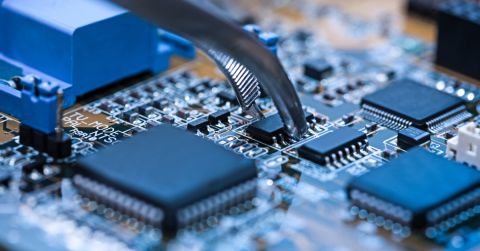Building Robots for Dirty, Dangerous Work: Lucid Bots CEO
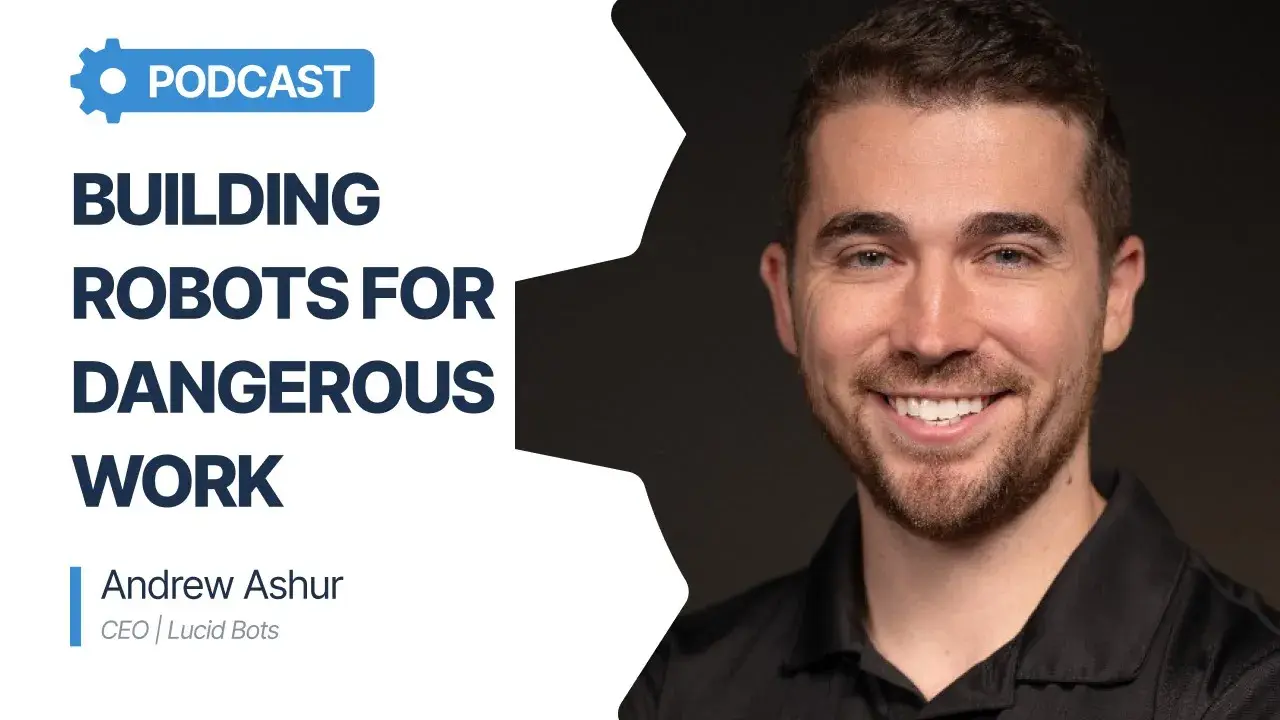
Join us for an inspiring conversation with Andrew Ashur, CEO and founder of Lucid Bots, as he shares his remarkable journey from economics student to robotics innovator. After witnessing window washers in a life-threatening situation, Andrew dedicated his career to building robots that tackle dangerous and demanding jobs, starting with exterior cleaning drones.
Discover how Lucid Bots is revolutionizing industries with their Sherpa cleaning drone and Lavo Bot pressure washing robot, while addressing critical workforce challenges in construction and cleaning industries. Andrew discusses the future of domestic manufacturing, supply chain resilience, and how automation will transform the modern workforce.
Listen to the Episode
Watch the Episode
Key Highlights
-
Lucid Bots is redefining industrial cleaning through autonomous drones (Sherpa) and ground robots (Lavo Bot), targeting high-risk and high-effort exterior cleaning jobs such as window washing, pressure washing, and facade maintenance.
-
The company evolved from a real-world safety observation, where Andrew witnessed dangerous working conditions for window cleaners and sought to create a safer, tech-driven alternative, despite having no initial engineering background.
-
Robots are proving to be highly scalable, efficient, and attractive to cleaning companies, as they offer lower liability, increased job throughput, and improved profitability while also re-skilling workers for tech-enabled roles.
-
Automation in physical labor sectors is no longer a question of 'if' but 'how', driven by labor shortages, workforce turnover, and growing market acceptance of robotics as a necessity rather than a novelty.
-
Lucid Bots emphasizes U.S.-based manufacturing and supply chain resilience, while recognizing the need for long-term investment in critical components like magnets and batteries to fully localize production.
-
The company is focused on building accessible, easy-to-use technology, with built-in training programs and increasing automation, so that existing technicians can transition smoothly to operating high-tech equipment.
Transcript
James Sweetlove: Hi everyone, this is James from the CTRL+Listen Podcast, brought to you by Octopart. Today we have a special guest for you: Andrew Ashur, CEO and founder of Lucid Bots. Thanks so much for coming on the show. Great to have you.
Andrew Ashur: Yeah, very happy to be here.
James Sweetlove: Do you wanna start by telling people a little bit about the company, what it does, and your journey to get there?
Andrew Ashur: Sure. When we first started, we began almost by accident. We didn't set out wanting to build a robotics company. Many years ago, I was a junior at Davidson College and saw window washers on a swing stage cleaning a large building. It was a windy day, the platform got caught in the wind, and started slamming against the building. While the workers were white knuckling the rails, I asked how we could leverage technology to make the job safer and more efficient.
Long story short, we decided to solve that problem. Some called it bright-eyed optimism, others called it ignorance that I thought I'd be the one to solve it. My background was economics and Spanish, not exactly robotics. Fast forward to today, we build robots that do dangerous and demanding jobs. Our first application is exterior cleaning. Our primary product is the Sherpa, a cleaning drone tethered by hose to a ground-based cleaning system. It washes windows, brick, stucco, our customers clean office buildings, universities, stadium domes.
We also have a ground-based pressure washing robot called the Lavo Bot. Our company is centered around three truths: one, robots will own dull, dirty, and dangerous tasks; two, these robots need to be built domestically; three, everything that moves will be automated. That’s what can unlock human abundance through automation and robotics.
James Sweetlove: Fantastic. I’ll come back to those three points later, but let’s start with the Sherpa drone. How did that come into being?
Andrew Ashur: It was a circuitous path. We started by buying DJI drones off the shelf and building hardware and software around them. We proved we could spray liquids on a building, but quickly learned those drones weren’t designed for our use case, no waterproofing, limited flight dynamics for tethered payloads. We kept experiencing failures: motors not spinning, transmitters not connecting, and a firmware update once bricked a drone. We sent one back to China and never got it back, it was a $30,000 drone.
So we had to build the technology internally. With my background, I had to teach myself mechanical, electrical, and software engineering. I locked myself in a room above a garage and spent all day learning. We had almost no money, I fasted for days to afford parts. Eventually we built a proof of concept, got into Y Combinator, and hired great people. Our first hire, Jeremy, was an exceptional mechanical engineer and is still with us five and a half years later. Our engineering team today is about 88 times smarter than I am.
James Sweetlove: Great calculation. You also mentioned the Lavo Bot. What is that exactly?
Andrew Ashur: It’s a ground-based pressure washing robot. Wherever you see someone pushing a surface cleaner, like at gas stations, driveways, or parking garages, you can imagine that being done by a robot. It’s very close to being fully automated, where the worker presses a button and it cleans large flat surfaces.
James Sweetlove: What are the primary industries for both products, and how do the use cases vary?
Andrew Ashur: Our main customers are cleaning companies. They use our drones and robots to do more jobs in less time with less liability. They see revenue, profit, and safety gains. Use cases include commercial real estate, hotels, stadiums, residential driveways, roofs, and industrial structures like water tanks and chemical storage.
James Sweetlove: I suppose you’re removing a lot of risk for workers too.
Andrew Ashur: Absolutely. One business owner drove 10 hours to see a demo after one of his workers died. He said he never wanted to attend another funeral for an employee. Roughly once every six days someone dies cleaning a building. With our drone, that worker stays on the ground and still does the job.
James Sweetlove: What about scalability? Any future applications, like firefighting?
Andrew Ashur: We’ve been asked about firefighting. There could be some applications, but most fires happen inside buildings. Some cases like forest fires might be possible. Today there’s so much demand in exterior cleaning that we’re focused there but we’re always open to listening.
James Sweetlove: And what about ease of use? How hard is it to train someone to operate these machines?
Andrew Ashur: We aim to take an hourly cleaning technician and re-skill them. Our products are simple and intuitive. We have a full online learning system and in-person training. We’ve added features like obstacle avoidance, limited flight speed, and we keep automating more every month.
James Sweetlove: Let's talk about robotics in the workforce. What changes are you seeing?
Andrew Ashur: It’s changing fast. In 2018, people didn’t think robots would work. Now they ask how they can implement them. The workforce is shrinking, half of U.S. construction workers will retire in the next decade, and cleaning has 200% annual turnover. Robots bridge the gap. We ask three questions: Will there be more robots in 5 years? Will they be better? Would you rather be ahead of the curve or behind? Customers now want to adopt and scale them.
James Sweetlove: I don’t think anyone expected the technology to advance this quickly.
Andrew Ashur: Agreed. The pace of innovation is accelerating. Technology is more accessible now. AI tools are helping us generate code and solutions faster than ever. It’s night and day compared to just a year ago.
James Sweetlove: Let’s talk about supply chain and manufacturing. What does the future look like?
Andrew Ashur: I believe reshoring and nearshoring are inevitable, it’s just a matter of time. Automation will define the end state of manufacturing. But the supply chain is complex. Motors need magnets, and magnets come from rare earth materials. We need investment and time to solve those A-Z supply chain gaps.
James Sweetlove: Some people think it’s just about building a factory in the U.S., but there’s so much more to it.
Andrew Ashur: Exactly. But I’m optimistic. Interest is shifting back toward physical things. More engineers want to do mechanical and electrical work. Domestic manufacturing is getting attention. And where awareness goes, investment and talent follow.
James Sweetlove: I agree. It’s an exciting time to be building physical things.
Andrew Ashur: Totally. We live in a physical world. Now we can give software and AI a physical brain to interact with atoms. The opportunities we can unlock through this fusion are huge.
James Sweetlove: Final question: is automation a tool or a job replacer?
Andrew Ashur: The workforce will transform. A century ago, 40% of Americans worked in agriculture; now it’s 1.6%, and we’re more food secure. We’ll solve higher-order problems. Robots don’t replace human touch, they extend human reach. There will be displacement, so we need to create opportunities and build bridges for transition. These are the conversations we should be having.
James Sweetlove: 100%. I’m glad we’re having that conversation here. If people want to follow Lucid Bots or get in touch, how can they do that?
Andrew Ashur: Follow us on social media, especially LinkedIn and YouTube. If you want to reach out to me, LinkedIn is the best way. We’d love to hear from you.
James Sweetlove: Andrew, thank you so much. It’s been a fascinating discussion. I’m excited to see what comes next.
Andrew Ashur: Thank you. A pleasure speaking with you.


